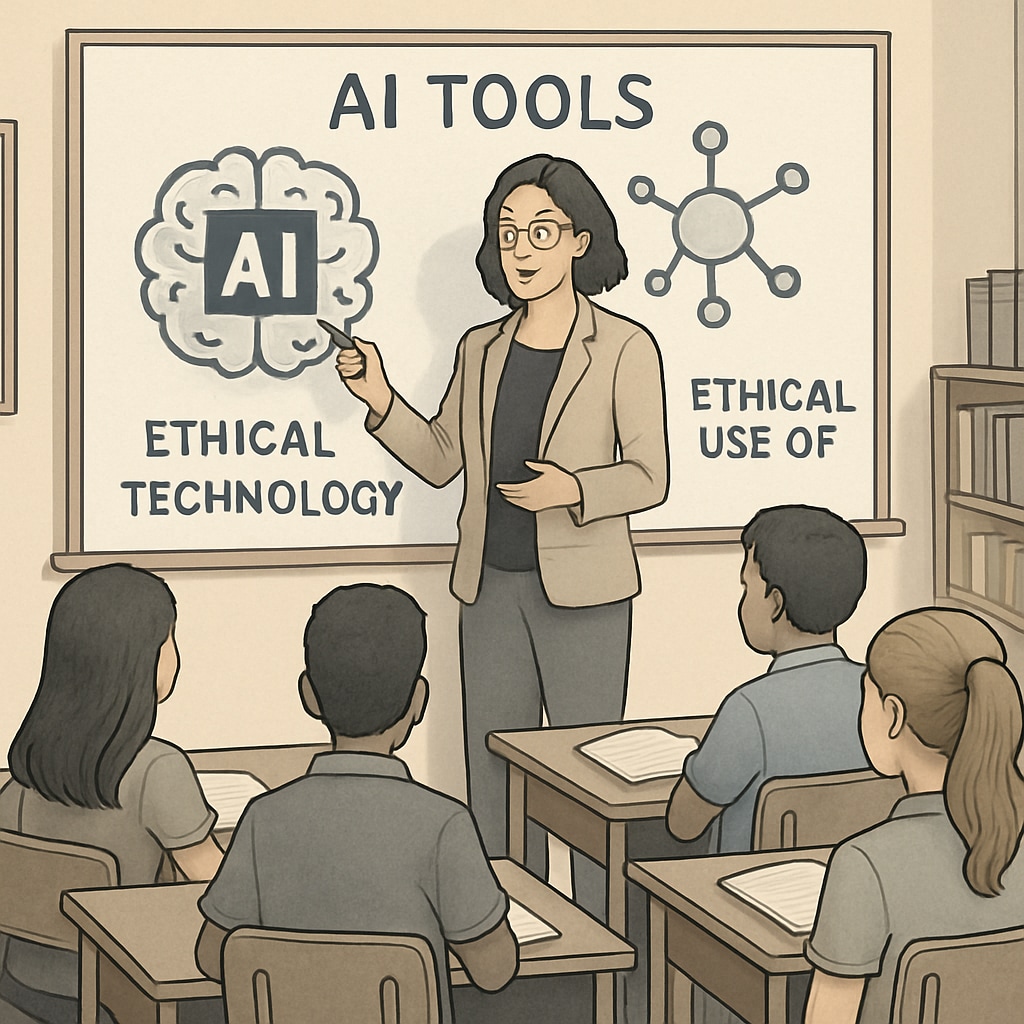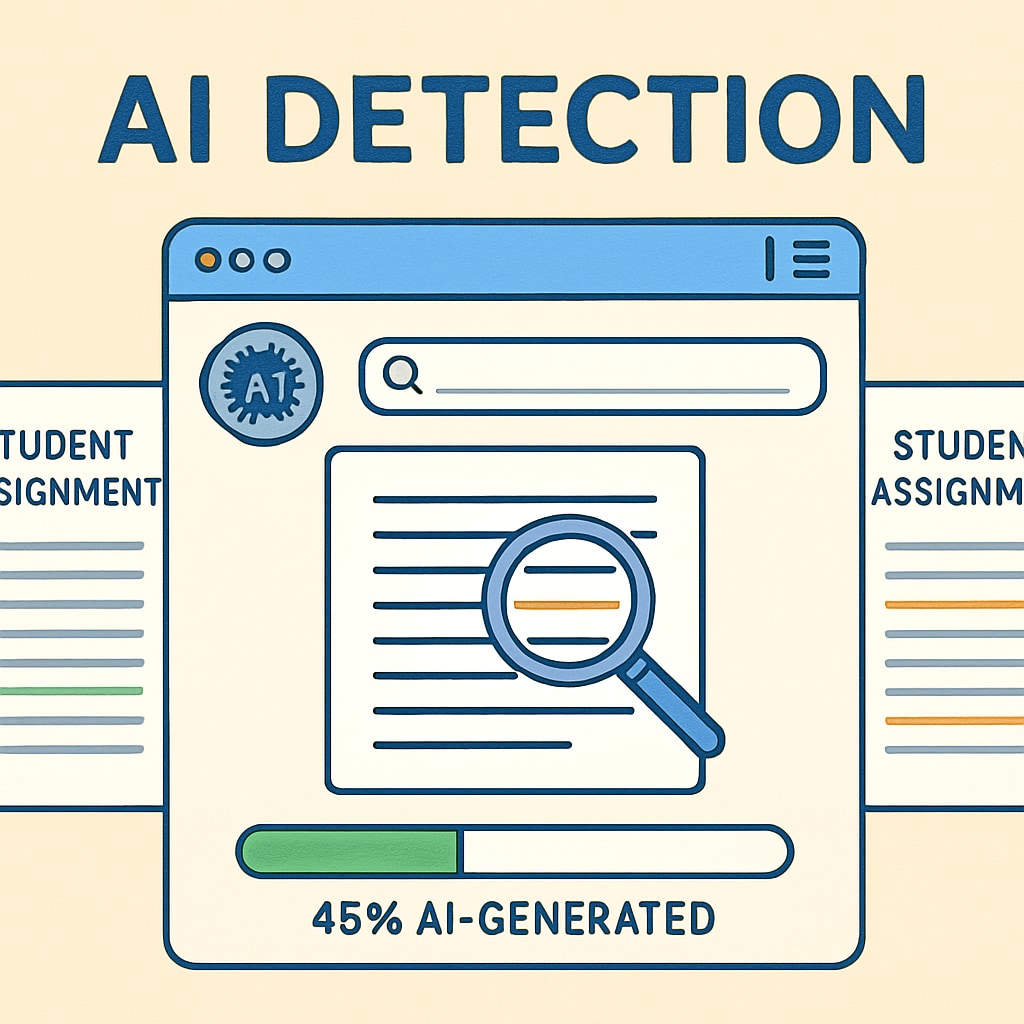The integration of AI tools in K12 education has revolutionized how students complete assignments, but it has also introduced substantial challenges. Teachers face difficulties in maintaining academic integrity while addressing the growing prevalence of AI-generated work. Detecting AI-assisted outputs is critical, but educators often struggle with limited resources and tools to ensure ethical learning practices. This article explores these challenges, proposes actionable strategies, and highlights ways to balance technological innovation with academic integrity.
Understanding the Impact of AI Tools in K12 Education
AI-powered tools like ChatGPT and essay generators are increasingly used by students to complete assignments. While these tools offer efficiency and accessibility, they also raise ethical concerns. For example, students may use AI to bypass critical thinking and originality, which undermines the learning process. Educators must understand both the benefits and risks these tools bring to the classroom.

Challenges in Detecting AI-Assisted Work
Detecting AI-generated work presents unique challenges. Unlike traditional plagiarism, AI tools can create original content that is harder to identify. Detection software, such as Turnitin’s AI detection feature, has emerged to address this issue. However, these tools are not foolproof and may generate false positives or fail to catch sophisticated AI output. Additionally, schools with limited budgets often struggle to afford advanced detection systems.
Educators can consider the following approaches:
- Investing in detection tools designed specifically for AI outputs
- Training teachers to recognize patterns indicative of AI use
- Encouraging students to submit outlines or drafts before final assignments

Promoting Academic Integrity in an AI-Powered World
To maintain academic integrity, educators must foster a culture of ethical AI use. For example, teaching students about responsible technology use and the importance of original thought can mitigate misuse. Transparency, such as requiring students to disclose AI assistance, can also help establish trust.
Practical strategies include:
- Integrating AI literacy into the curriculum
- Developing policies that clearly outline acceptable AI usage
- Creating assignments that emphasize critical thinking and personal reflection
Furthermore, collaboration between schools, AI developers, and policymakers can lead to better tools and guidelines for ethical AI integration.
Balancing Innovation with Limited Resources
Many schools face resource constraints, making it difficult to implement advanced AI strategies. However, innovation does not always require expensive solutions. For instance, peer reviews and teacher-student conferences can help assess the authenticity of student work without relying on costly software.
In addition, free or affordable AI tools, such as Grammarly or Hemingway Editor, can be repurposed to teach students how to refine their writing skills rather than bypass learning. These tools can act as learning aids rather than shortcuts.
As a result, schools can focus on integrating AI thoughtfully while remaining within budget limitations.
Conclusion
AI tools are undeniably transforming K12 education, offering both opportunities and challenges. To balance technological innovation with academic integrity, educators must adopt a multifaceted approach that includes detection tools, ethical education, and thoughtful resource allocation. By fostering a culture of responsible AI use, schools can prepare students for a future where technology and ethics go hand in hand.
Readability guidance: Use clear and concise language, short paragraphs, and lists to summarize key points. Employ active voice to improve engagement while ensuring smooth transitions between ideas.


